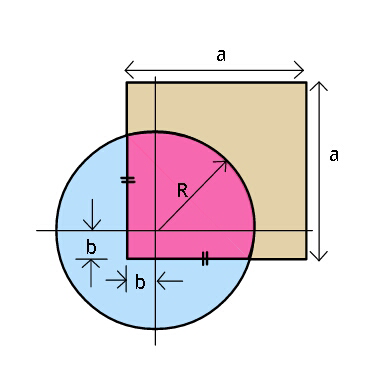
AllQuestion and Answers: Page 1699
Question Number 38289 Answers: 1 Comments: 0

Question Number 38288 Answers: 1 Comments: 0
Question Number 38286 Answers: 0 Comments: 1
Question Number 38284 Answers: 1 Comments: 2
Question Number 38282 Answers: 1 Comments: 0

Question Number 38281 Answers: 1 Comments: 0

Question Number 38262 Answers: 1 Comments: 0

Question Number 38252 Answers: 0 Comments: 2
Question Number 38250 Answers: 0 Comments: 0
Question Number 38247 Answers: 2 Comments: 2

Question Number 38235 Answers: 0 Comments: 4
Question Number 38261 Answers: 1 Comments: 0

Question Number 38232 Answers: 4 Comments: 1
Question Number 38222 Answers: 0 Comments: 1
Question Number 38211 Answers: 0 Comments: 2
Question Number 38210 Answers: 2 Comments: 4
Question Number 38209 Answers: 0 Comments: 2
Question Number 38208 Answers: 0 Comments: 3
Question Number 38207 Answers: 0 Comments: 1
Question Number 38206 Answers: 1 Comments: 1
Question Number 38205 Answers: 0 Comments: 0
Question Number 38204 Answers: 0 Comments: 1
Question Number 38203 Answers: 0 Comments: 0
Question Number 38202 Answers: 0 Comments: 1
Question Number 38201 Answers: 0 Comments: 0
Question Number 38199 Answers: 1 Comments: 0
Pg 1694 Pg 1695 Pg 1696 Pg 1697 Pg 1698 Pg 1699 Pg 1700 Pg 1701 Pg 1702 Pg 1703
